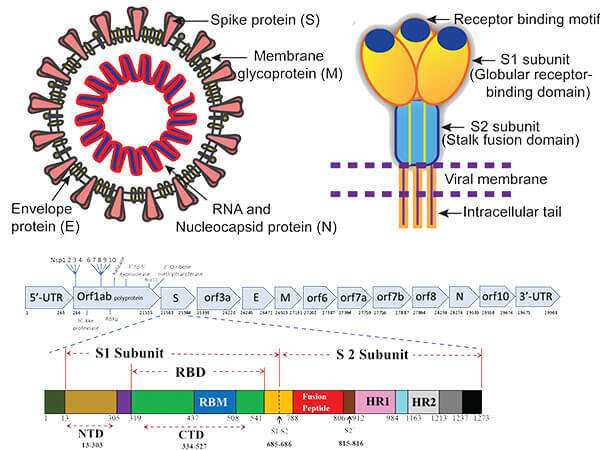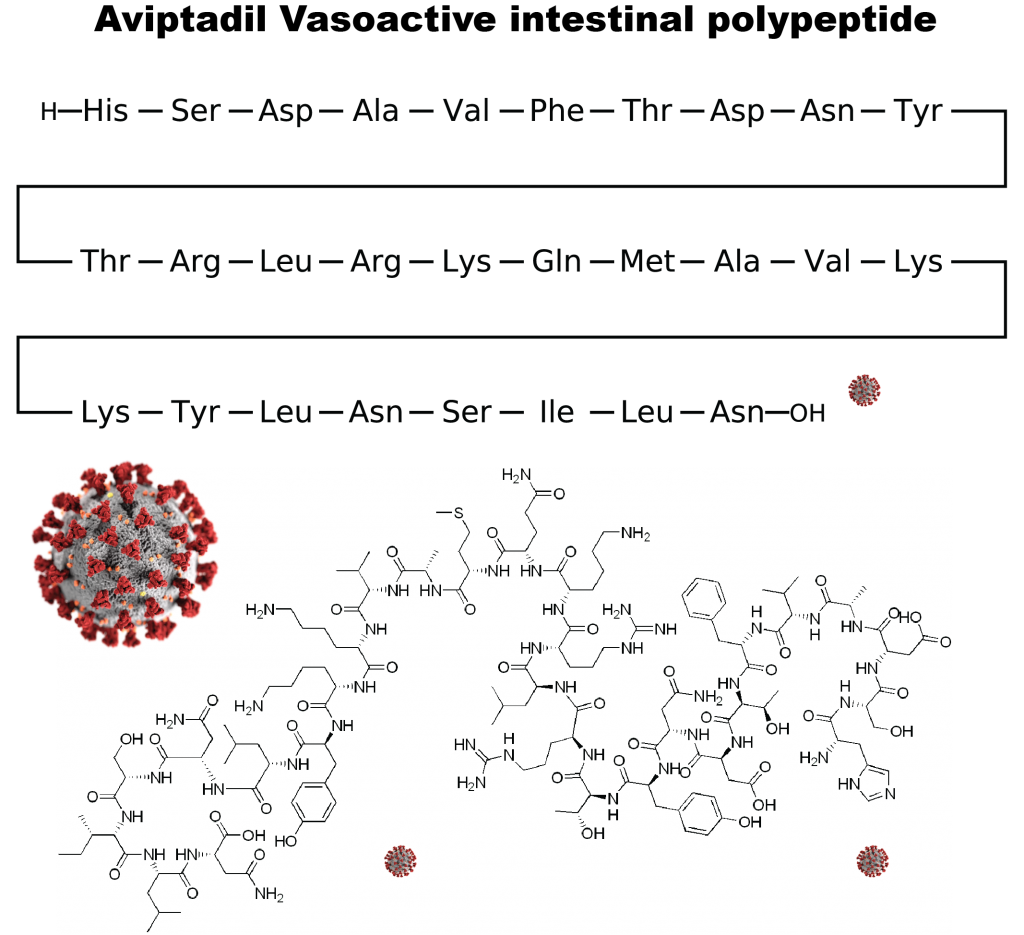A highly conserved cryptic epitope in the receptor-binding domains of SARS-CoV-2, LT5578, was cited by Nature (Potently neutralizing and protective human antibodies against SARS-CoV-2, volume 584, pages443–449(2020)). This peptide was synthesized in 6 days. This is part of the receptor-binding domain (RBD). It is a critical determinant of virus-receptor interaction and thus of viral host range and tropism. The RBD also includes important viral-neutralizing epitopes (21–23), and it may be sufficient to raise a protective antibody response in inoculated animals.
Two potently neutralizing monoclonal antibodies, COV2-2196 and COV2-2130, which recognize non-overlapping sites, bound simultaneously to the S protein and neutralized wild-type SARS-CoV-2 virus in a synergistic manner.
Lately, a recombinant SARS-CoV-2 Spike S (S1+S2) Protein was produced by LifeTein. The amino acid sequences of recombinant protein was derived from (Q14 – Q1208) of accession# YP009724390.1. The SARS-CoV-2 spike (S) protein is composed of two subunits; the S1 subunit contains a receptor-binding domain that engages with the host cell receptor angiotensin-converting enzyme 2 and the S2 subunit mediates fusion between the viral and host cell membranes. The S RBD protein plays key parts in the induction of neutralizing-antibody and T-cell responses, as well as protective immunity, during infection with SARS-CoV-2 (2019-nCoV) as in recent COVID-19 outbreak.


